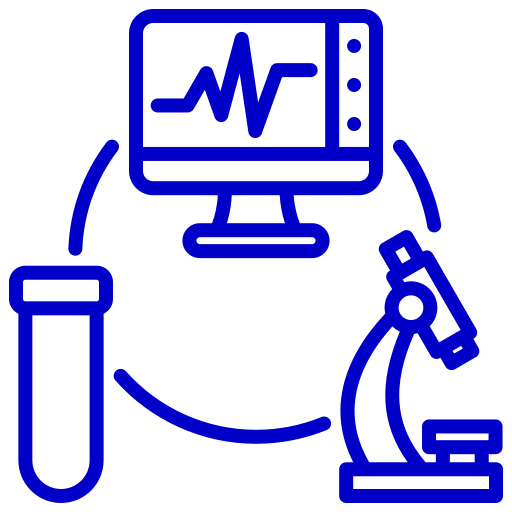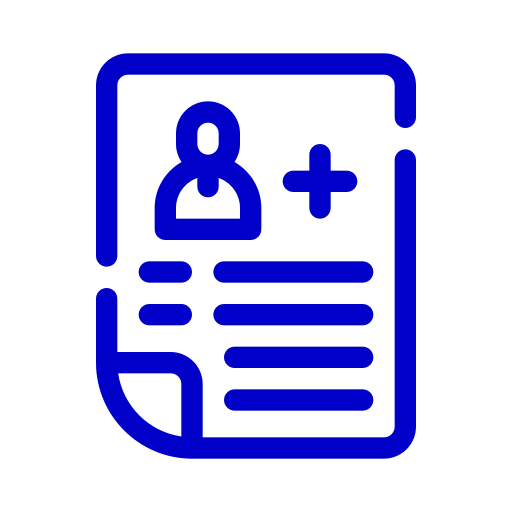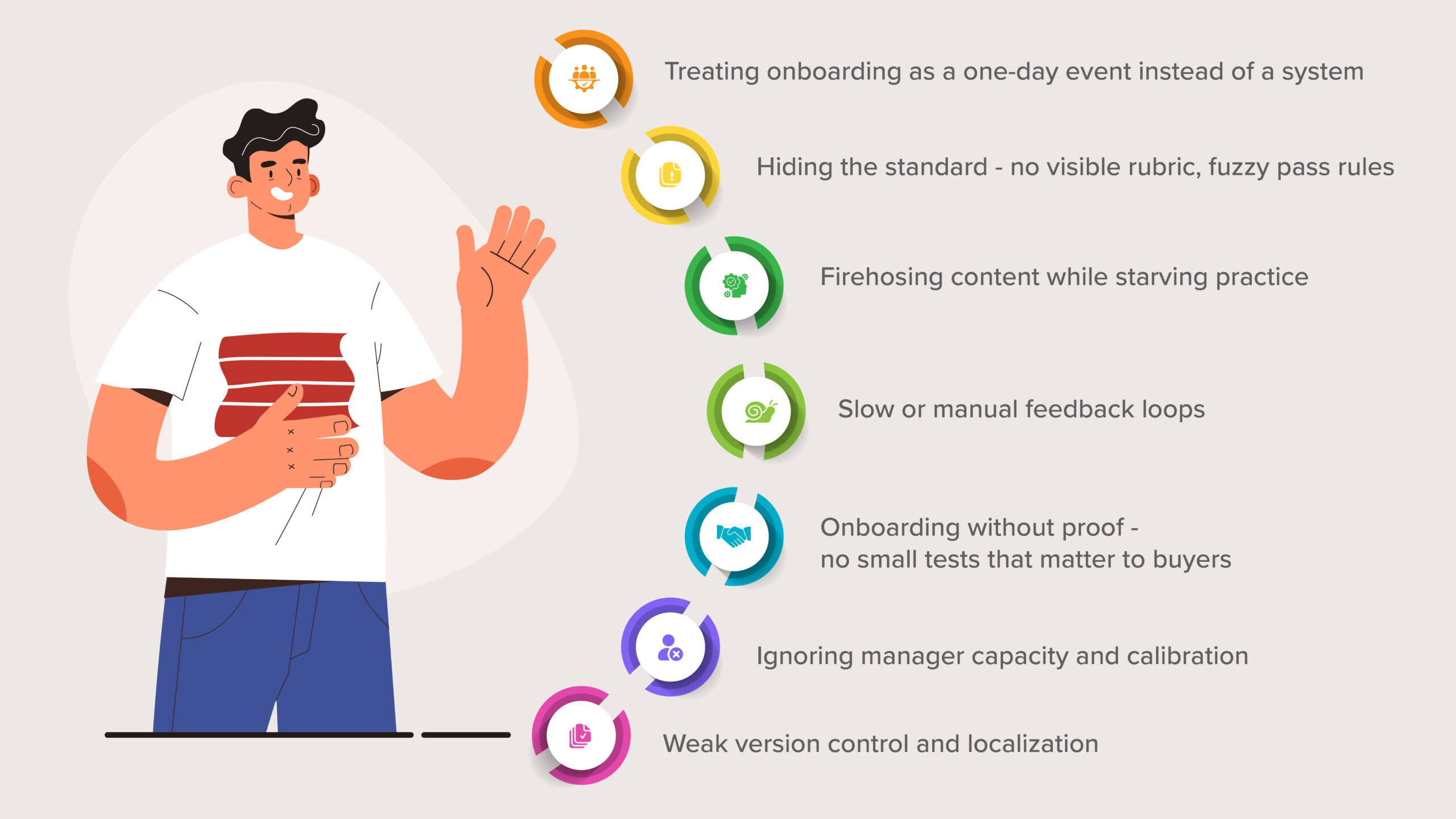How to Excel as a Hybrid Leader?

Right now, as vaccination rates increase and pandemic restrictions are lifting in various places across the world, the business leaders are facing the new reality of leading a hybrid workforce.
While the shift to virtual work may have been precipitated by the emergency work-from-home measures in 2020, plans for this new hybrid workforce are becoming less reactionary and more deliberate now.
The details aren’t clear yet, but one thing is certain: The post-pandemic world of work is definitely going to look different.
According to a McKinsey survey, 9 out of 10 organizations plan to combine remote and on-site work going forward.
While there’s no one-size-fits-all model for a hybrid workforce or team, the term usually refers to a setting where,
- Some employees work remotely
- Some work on-site
- And others work a combination of both
This new way of working can be challenging, especially at first.
Leaders must try to accommodate different working preferences of their employees with a desire for continued productivity and collaboration. For example, some team members may be clamoring to get back to the office, but many others want to continue to work from home.
In fact, according to a study, the majority of employees say they want flexible and remote work options to remain. This study also found that 64% would choose a permanent work-from-home situation over a $30K pay raise.
That’s why hybrid workforce policies and how effectively managers can lead hybrid and virtual teams will be key for attracting and retaining talent in many industries going forward.
What is Hybrid Leadership?
Hybrid leadership is not a new term. In the pre-pandemic world as well hybrid leadership was defined as a style of management that blends the best of traditional male and female leadership styles to lead in authentic, empowered, open, collaborative, strategic, visionary, and nurturing ways. It focused on developing the leaders’ emotional intelligence alongside their business acumen.
Today, that definition has evolved to encompass an even more diverse range of attributes that help managers to get the most from their employees in remote, in-person, and hybrid teams.
Types of Hybrid Leaders
According to Gartner, hybrid leaders can be categorized into these 4 categories:
- Hybrid champions have the right mindset and skillset to lead a hybrid workforce.
- Hybrid strivers have the right mindset but lack the right skill set to lead a hybrid workforce.
- Hybrid resistors have the right skill set but a closed mindset toward a hybrid workforce.
- Hybrid laggards lack both the right mindset and the requisite skill set for leading a hybrid workforce
Who are Hybrid Champions?
The best hybrid leaders—the hybrid champions—have the ability, empathy, and patience required to provide each employee (whether they are working remotely or at the site or both) with the skills, tools, and support necessary to succeed.
To do this fairly, hybrid leaders must take a unique approach with each employee.
Let me tell you a story to explain this in a better way. On the first day of school, an elementary school teacher asked her students who among them had ever scraped their elbow. She selected one child to tell their story and handed them a band-aid for their elbow. Next, she asked who had ever bumped their head. Again, she called on a student to tell the story of their bumped head and handed them a band-aid…for their elbow. She repeated the process for a scraped knee, and so on.
When the children were sufficiently confused, the teacher stopped and explained how, even though she gave everyone the exact same thing in the exact same way, it wasn’t helpful to them.
The lesson to be learned here is that fairness doesn’t mean everyone gets the same thing. Fairness means that everyone gets what they need to be successful.
This lesson is just as relevant for the leaders in the hybrid workplace as it is for that teacher in the classroom.
The Challenges of Hybrid Leadership
Right now the expectation of everyone, from the top level to the bottom line in various organizations, is to make the hybrid workforce model more prevalent in the post-COVID-19 world. And the leaders are also focused on operationalizing this model effectively.
However, having a team in which some employees are co-located in an office while others do their jobs remotely presents several challenges for hybrid leadership teams, even to those who are already operating with the high-perming teams, in the high-performance environment.
- Firstly, establishing an effective hybrid workplace requires the right assets, logistics, technology, and policies to ensure the success of everyone, regardless of location.
- And then there are communication, team engagement, and coordination challenges faced because of a team in which
- Some members work at the office
- Some of them work remotely
- And some others work few days in the office and few days remotely
- There can also be an “us versus them” attitude between in-person and remote employees.
The biggest challenge to successful hybrid team leadership, however, is ineffective leaders. Because when you have good and efficient hybrid leadership then all those challenges faced by the hybrid workforce can be dealt with easily.
Tips to foster an Effective Hybrid Leadership
Effective leadership in the new hybrid world requires different skills that go beyond traditional team leadership. Specifically, organizations will need leaders who can operate well across two distinct modes of working.
Here are some tips for leaders to succeed in the hybrid workspace:
1. Acknowledge what’s new and different about the hybrid workforce
Leaders should start by acknowledging that this environment is new and different and that what works for one person will not work for everyone. Leaders must reassure people that whether they’re working in person, remotely, or a combination of those two, their choice is not career-limiting, and their contributions are valued. They must also set the stage for effective team collaboration.
They must work to create a psychologically safe work environment where people can be open about their uncertainties and their frustrations.
2. Drive performance without close monitoring or supervision
If some or all employees are remote, driving performance without virtual micromanagement requires two things: clear expectation setting and trust.
Once employees clearly understand their role and how their performance is measured—and they have the skills and tools to meet their objectives then the managers should get out of their way. This doesn’t mean that they shouldn’t have regular status updates or check-ins. The managers should still have them but they also need to trust that their employees will do what they say they will do.
With clear direction and support, if they don’t perform, there should be processes in place to address the issues.
3. Champion employee development
Sales leaders must ensure that they equip all their employees with the skills needed to drive current and future performance. As with the band-aid lesson mentioned above, this will look different for everyone.
Sales leaders should communicate the employee development initiatives that are available internally and externally to their team members. And they should provide mentorship and coaching where it is needed and valued most.
Further, they must ensure that all their employees, irrespective of their work location are able to
- Attend all the training programs that are organized for them
- Access the training material
- Attend coaching
- And share their progress with their colleagues and managers
4. Communicate effectively across a variety of channels
- The nature of the task
- The mode of work of the employee
- And the preference of both the manager and the employees
- People responsible for reporting, performing administrative tasks, making simple decisions, sharing information, drafting documents, and performing financial analyses can be communicated with virtually via Slack and Zoom, irrespective of the location from where they work
- Likewise, for one-on-ones or coaching sessions, the leaders can have in-person meetings with the ones who are working at the office and virtual meetings with the ones who are working remotely
- Also, the sales managers can gather the in-office employees in a conference room and run a virtual call in the same room for the remote employees to carryout team meeting and hurdles where team efforts is required to achieve breakthrough innovation, solve complex problems, build culture, and manage conflicts
- More innovative solutions
- Greater morale
- And improved productivity
5. Empower employees to contribute by connecting remote workers with their in-office colleagues
Sales leaders must create inclusive team climates, independent of employees’ work location, by connecting people with one another and supporting them all to contribute and be productive. For example, sales leaders must consider implementing some of the many new communication and collaboration platforms that facilitate asynchronous work among people in different time zones or on different work schedules.
They must work to build trust and psychological safety amongst employees so that dispersed workers feel safe sharing their challenges with their team members for collective problem-solving. They can also run virtual workshops where people can get to know one another better and learn one another’s skill sets and strengths.
6. Cultivate the mindsets of learning agility and resilience
Here’s the reality of the new hybrid workforce: Plans will change.
In the McKinsey study, researchers also found that organizations willing to take a “test-and-learn” approach of designing and redesigning their processes for a hybrid workforce, realize higher levels of productivity.
Learning agility, or the ability to adapt and thrive in new situations, is crucial to your organization’s hybrid workforce success. Leaders should schedule time every couple of weeks to talk with their team members about what’s working and what isn’t. They can also conduct surveys and polls and ask open-ended questions about their hybrid work culture and get their employees’ feedback on how to improve it and make it better.
In addition to this, sales leaders should connect with other leaders of hybrid teams in their organization and learn about their successes and challenges.
Pro-tip: In this uncharted territory, resilience is more important than ever and burnout continues to be a problem. So leaders should set an example for the hybrid workforce by prioritizing their own mental and physical health.
Whenever possible, sales leaders must,
- Nurture their personal and professional relationships
- Prioritize regular exercise and sleep each night
- Make time for mindfulness
- And respect downtime and avoid contacting employees during their off-hours
Want to learn about the sales close rates across various industries? Check out this blog below:Permalink
Sales Close Rate: Definition, Industry Benchmarks, Formula to calculate, and tips to improve
Here are 6 sales methodologies that help in closing complex dealsPermalink
Top 6 Sales Methodologies for Closing Complex Deals
Learn how the puppy dog close technique helps you to easily close more salesPermalink
The Puppy Dog Close Technique: Let your customers experience your brand personally
Learn about the goldilocks effect and how it helps to close more salesPermalink
What is the Goldilocks Effect and how to apply it in your business?
Want to learn how to set SMART goals for your team?Permalink
How to Set Smart Goals for your Sales Team?
Want to learn how to do deal coaching and skill coaching for your sales team members? Check out these blogs below:Permalink
Deal Coaching Vs Skill Coaching: What’s the Difference?
Deal Coaching question that you should ask to help your reps to close more deals
Looking for a sales coaching template? Check out this article for a sample coaching templatePermalink
Sales Coaching Template for Managers
Are you more like a coach or a manager for your sales team? Find out when your team needs you to be a manager and when do they need you to be a coach?Permalink
Coach or Manager? What does your team want?
Want to instill a buyer-first mindset in your sales team members? Learn how to do that from this blog below:Permalink
How can managers instill a Buyer-First mindset amongst their team members?
Related Posts
LMS + Gamification for Enterprise Sales Teams
The 2025 Guide to LMS + Gamification for Enterprise Sales Teams Enterprise sales is a moving target. Messaging changes. Products...
Creating a Safe Learning Environment: AI’s Role in Sales Skill Development
In today's fast-paced sales environment, creating effective training programs that allow sales representatives to develop their skills in a supportive...
How can Trainers Use AI Sales Role plays to Train MRs Better Detailing and Closing Techniques
In general, companies investing in sales training are 57% more effective than those who don’t. Let’s break that down with...
Looking for a sales training software that takes your sales training to a whole new level?
Explore SmartWinnr’s Learning and Gamification features. Learn how to run fun and engaging sales training and sales coaching for your team through SmartWinnr.
Curious to learn more about it? Book a demo today!
 Two way AI Role Plays
Two way AI Role Plays Targeted Learning
Targeted Learning Gamification
Gamification Sales Coaching
Sales Coaching Sales Contest
Sales Contest Implementation
Implementation Consulting
Consulting Enterprise Ready
Enterprise Ready Pharmaceuticals
Pharmaceuticals Medical Devices
Medical Devices Insurance
Insurance Banking
Banking Technology
Technology Senior Living
Senior Living Sales
Sales Call Centers
Call Centers Marketing
Marketing Improve Sales Productivity
Improve Sales Productivity New Hire Onboarding
New Hire Onboarding New Product Launch
New Product Launch Channel Partner Training
Channel Partner Training Sales Events
Sales Events Success Stories
Success Stories Whitepapers and eBooks
Whitepapers and eBooks Contest Template Designer Tool
Contest Template Designer Tool Sales Training
Sales Training Gamification
Gamification All Blogs
All Blogs
